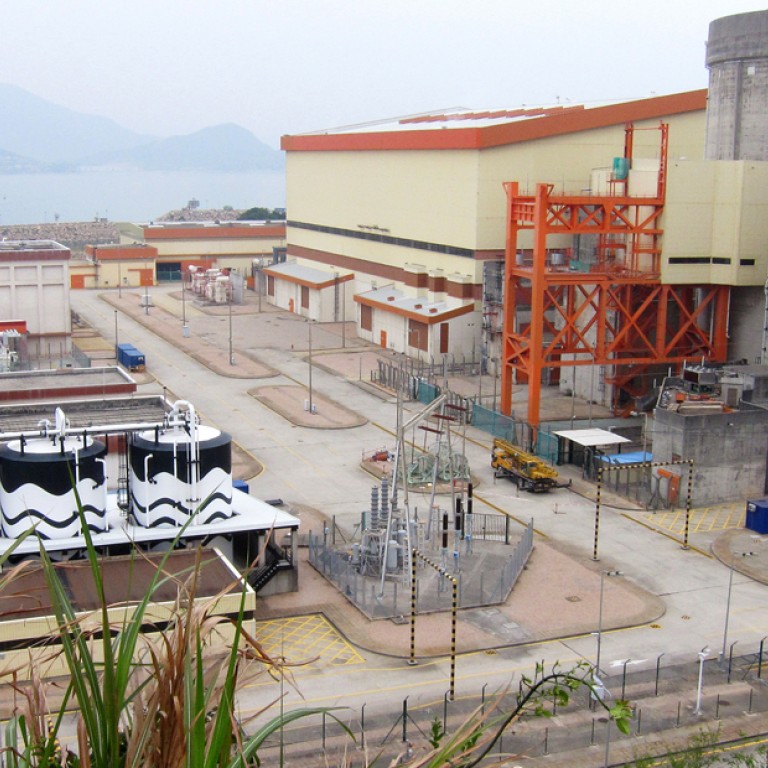
Energy importation plan can be made to work
Hong Kong has a chip on its shoulder where infrastructure is concerned. It takes pride in its transport networks and state-of-the-art communications. A government suggestion that 30 per cent of electricity should come from the mainland has therefore been met with concern in some quarters.
Hong Kong has a chip on its shoulder where infrastructure is concerned. It takes pride in its transport networks and state-of-the-art communications. A government suggestion that 30 per cent of electricity should come from the mainland has therefore been met with concern in some quarters. Reliability will be put at risk if such a proposal is adopted, the argument against goes.
The idea of importing electricity was put forward in a government consultation launched in March on meeting rising energy demands and making power production less polluting. Two proposals were offered: an import option providing by 2023 a fuel mix of 10 per cent coal, 20 per cent nuclear, 30 per cent imported electricity and 40 per cent gas; and local generation, which aimed for by 2020 a mix of 20 per cent coal, 20 per cent nuclear and 60 per cent gas. There are advantages and drawbacks with both, cost being a significant factor. But most glaring for proponents of Hong Kong's infrastructure superiority is that under the first choice, half of our electricity would be produced by the Daya Bay nuclear power plant and China Southern Power Grid.
Of Daya Bay's reliability there is little doubt. Quarter-owned by Hong Kong-listed CLP Holdings, it has been providing electricity to our city for two decades. But CSG does not have as solid a record of supply reliability as local power producers CLP and Hongkong Electric, raising concerns about reputation and business attractiveness should it be added to our electricity grid. It is a valid concern, especially for the financial and medical sectors. Such thinking does not account for statistics and technological upgrading, however.
Superficially, there is only a small difference in reliability of the output of CSG and Hong Kong's two producers. The average customer in Shenzhen had power 99.98 per cent of the time in 2012, while for Guangzhou, the rate was 99.97 per cent. But both are below Hong Kong's minimum standard of 99.99.
Our electricity bills can be kept in check and pollution from power plants reined in if energy is produced in Guangdong. Standards have to match Hong Kong requirements, though. That is happening with our water, most of which comes from Guangdong's Dongjiang, or East River, so this is surely possible with electricity. Were the importation proposal to be adopted, requirements could be readily achieved by 2023 through co-operation, sharing of expertise and upgrading infrastructure.

